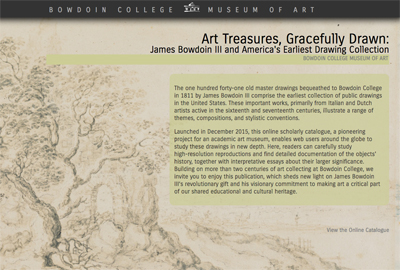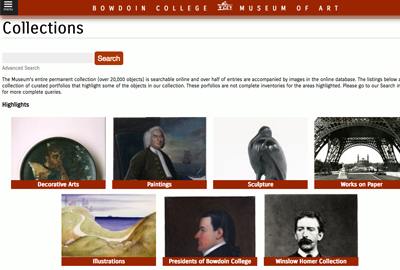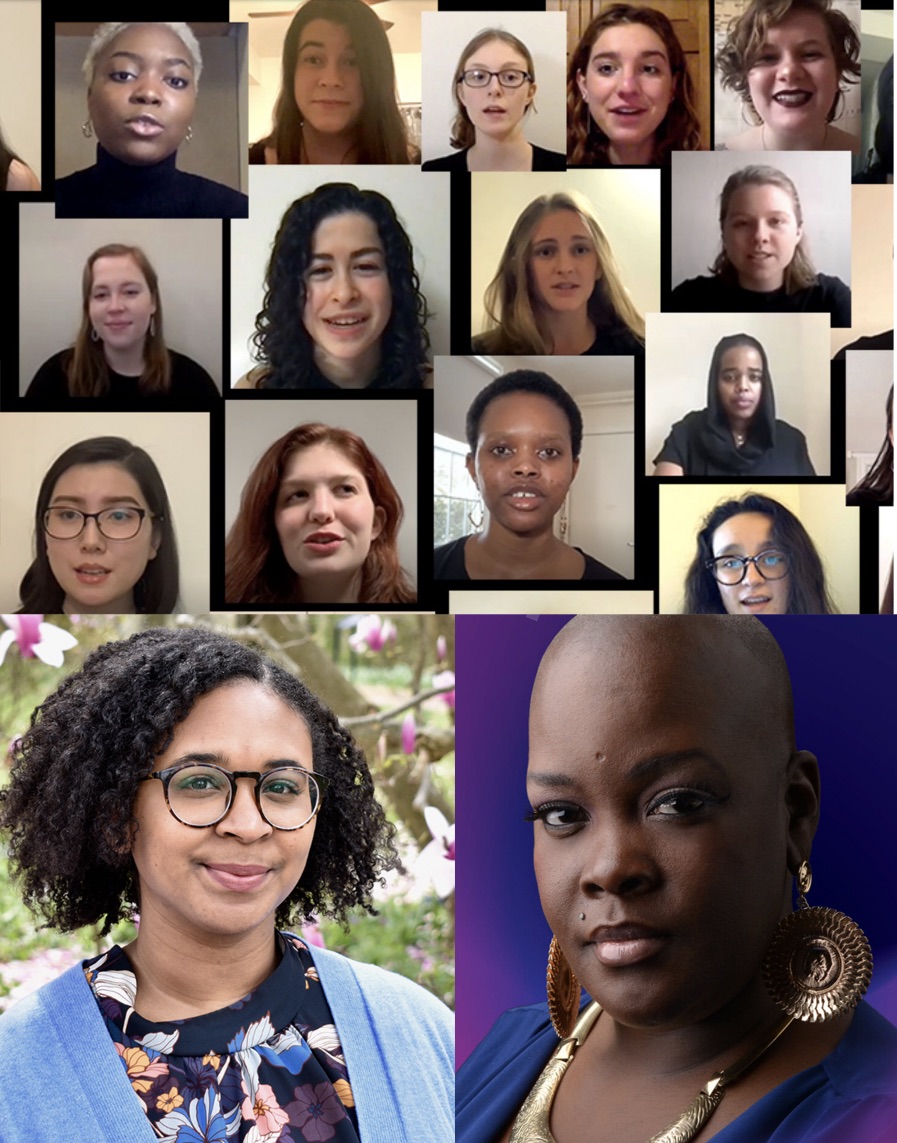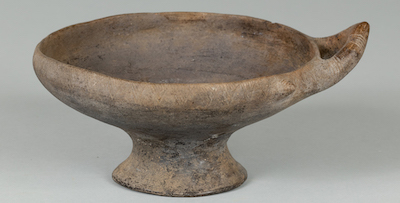Digitization and Electronic Resources at the Bowdoin College Museum of Art

As we begin the 2016-2017 school year, the Museum of Art continues to expand its digital resources, providing new modes of electronic access to its collections. We look forward to stimulating and supporting new teaching and research opportunities for the Bowdoin community and beyond through these tools, and welcome your suggestions on how we can continue to develop them.
In January, the Museum launched its first online scholarly catalogue, a first for an academic museum: Art Treasures, Gracefully Drawn: James Bowdoin III and America’s Earliest Drawing Collection (see here). The innovation marked by this scholarly product is appropriate for the subject it celebrates: the first public collection of drawings in the United States. This pioneering collection of 141 Old Master drawings was assembled by James Bowdoin III. One of the most exciting aspects about this catalogue, made possible by support from the Samuel H. Kress Foundation and an anonymous donor, is the interface between the Museum’s collections management database and the end product. This innovation means that any time curatorial information is entered or edited by our registrar, the catalogue instantly updates. The catalogue provides high-resolution reproductions of each work, and a “magic wand” device allows one to inspect details in each drawing. Scholarly essays provide a context for these works and their larger significance.
The template developed for this project will further serve to make possible future scholarly works, several of which are already taking shape. The success of this project has also enabled the creation of a new template for the development of robust web resources for each of the museum’s exhibitions, including This Is a Portrait If I Say So: Identity in American Art, 1912 to Today (see here.)
In addition to creating long-lasting webpages for each of our exhibitions, the Museum recently launched a partnership with Artsy, a commercial online database dedicated to making art accessible for the purpose of collecting and educating. This enables the Museum to share its exhibitions and collections with a broad international public through a free web resource that seeks to integrate the offerings of multiple museums and galleries.

We are also updating the collections page to make searching even easier. To this end, we thank Aleksia Silverman ’19, who completed an internship during the past summer made possible through the generosity of John ’64 and Lile Gibbons P’03. Aleksia worked closely with Andrew W. Mellon Postdoctoral Fellow Ellen Tani and Senior Interactive Developer for the Information Technology David Francis on the development of a new tagging interface and related metadata management to make our collection more accessible to students, faculty, and the general public. Stay tuned for more!



